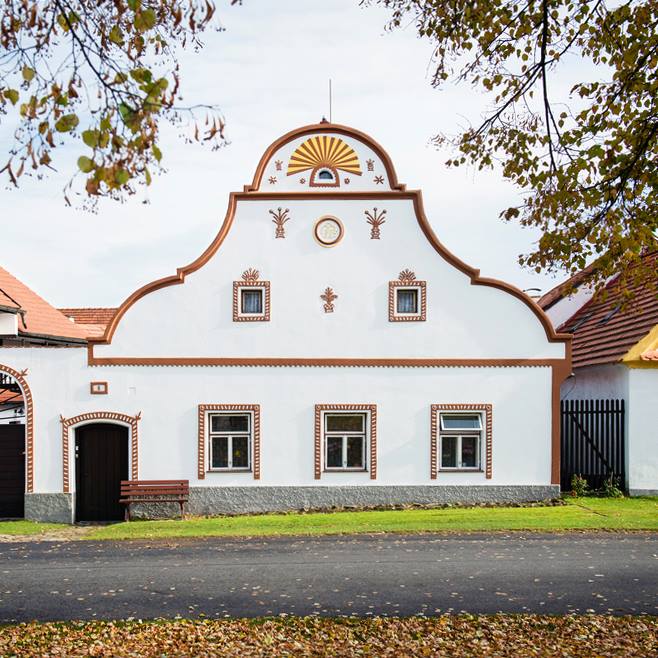A charming feature of Eastern Europe is that life does not stop beyond city borders. The legendary village romance alone carries with it the nurturing of traditions, symbiosis with nature and rural virtue. In our selection today, we chose villages that are perfect examples of how, beyond these characteristics, villages carry even more treasure.
Rimetea | Romania
One of the important rural scenes in Romania and the archetype of Transylvanian villages is Rimetea, where the sun sometimes rises twice. Its main feature is the cult, unified style of the houses at the main square, the village has been home to many tourist and cultural events, partly thanks to this. The Double Rise Festival is held in Rimetea every summer, attracting hundreds of young people to the village. Next to the village lies the Transylvanian giant, the Piatra Secuiului, one of the must-see stops on Transylvanian tours: according to the locals, those who have not yet climbed have not yet experienced the meaning of life.



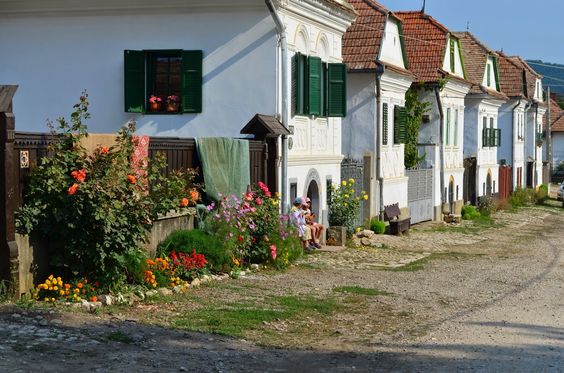

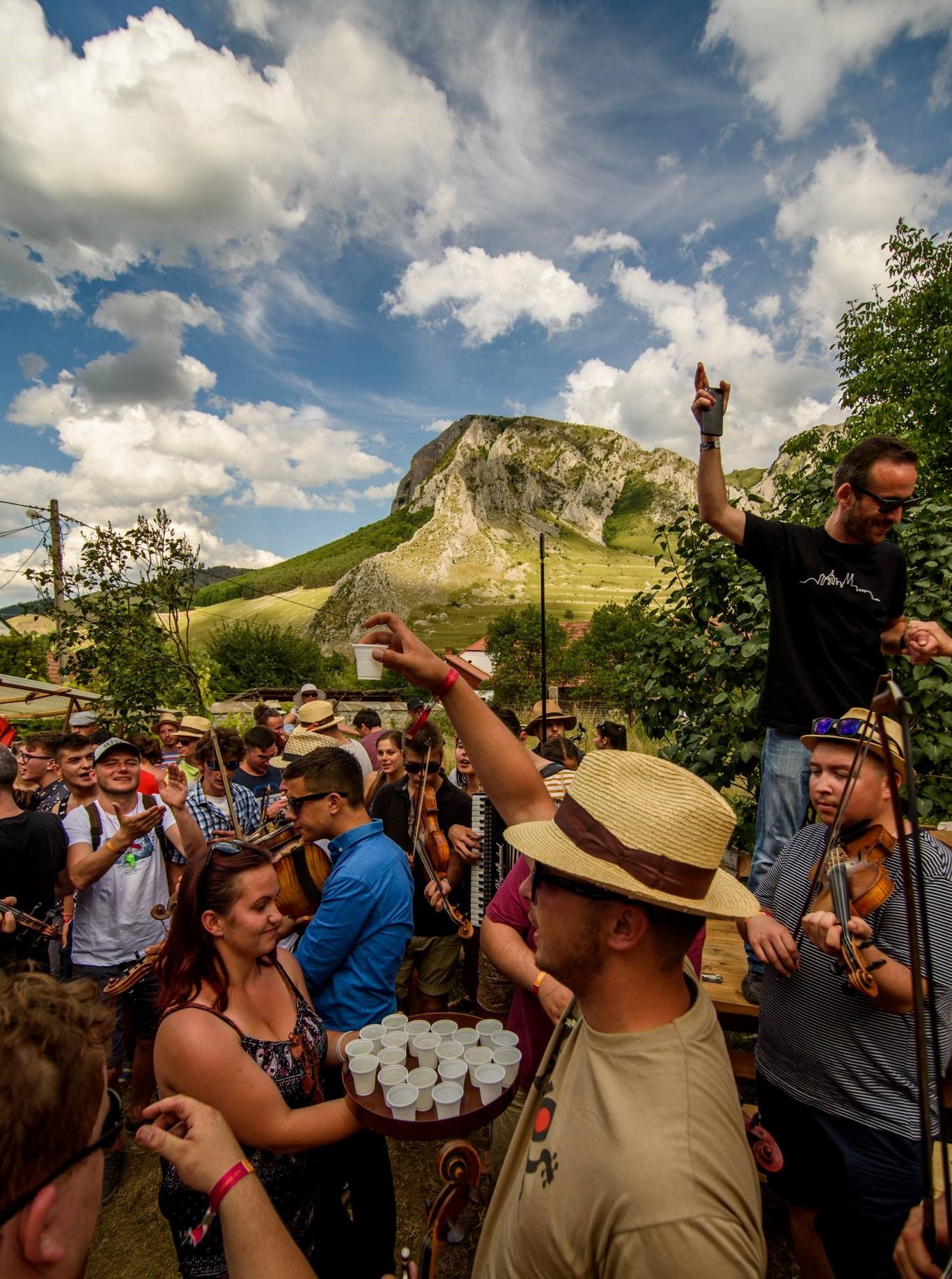
Holašovice | Czech Republic
Holašovice, a peasant baroque citadel, has been a World Heritage Site for decades. The fact that the people living here form a strong community and the houses are not part of an open-air museum, but still function as a residential house to this day, contributed greatly to this.
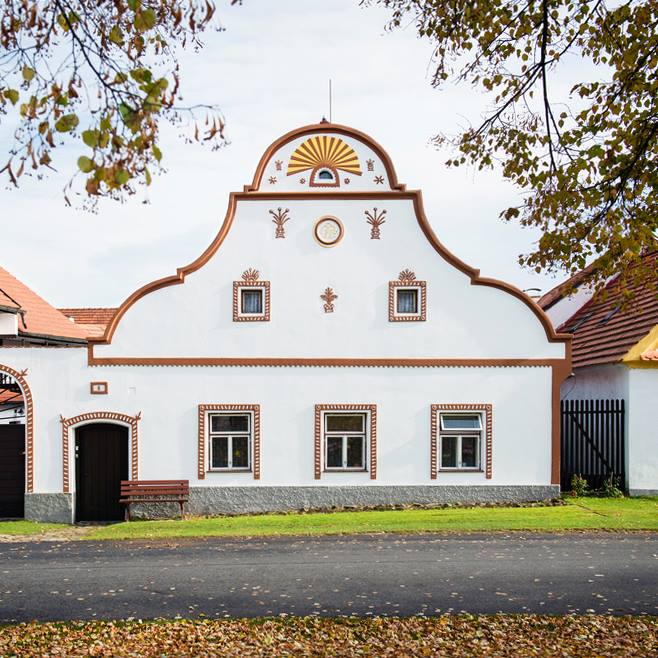
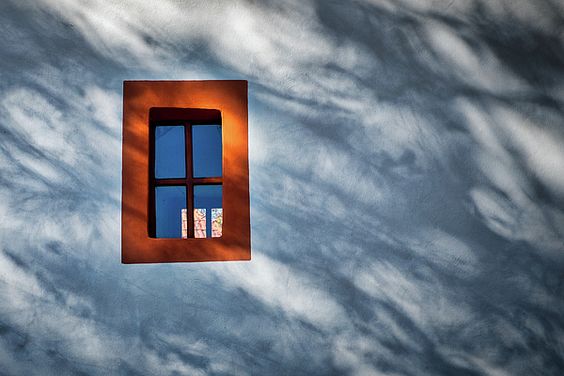
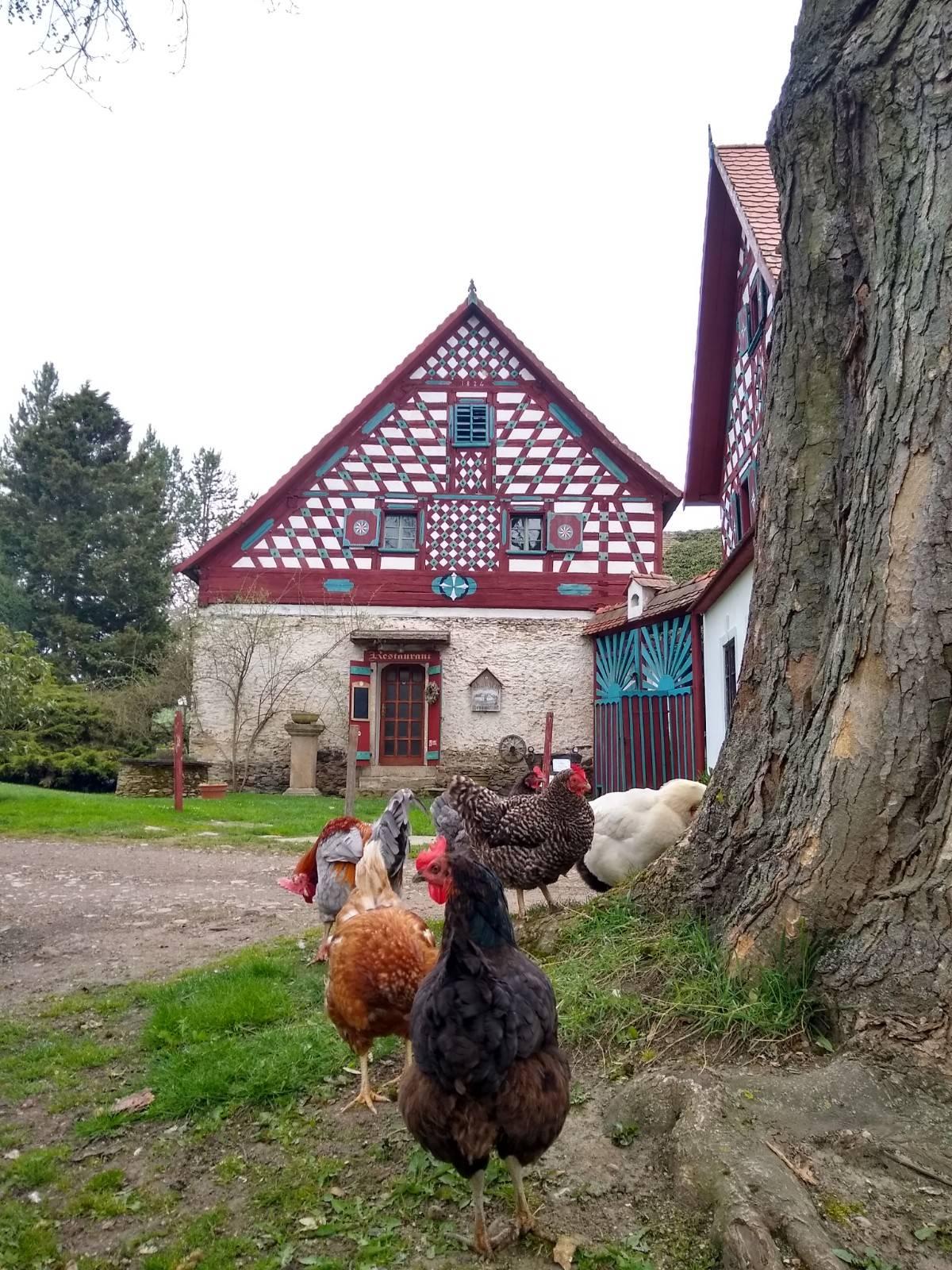
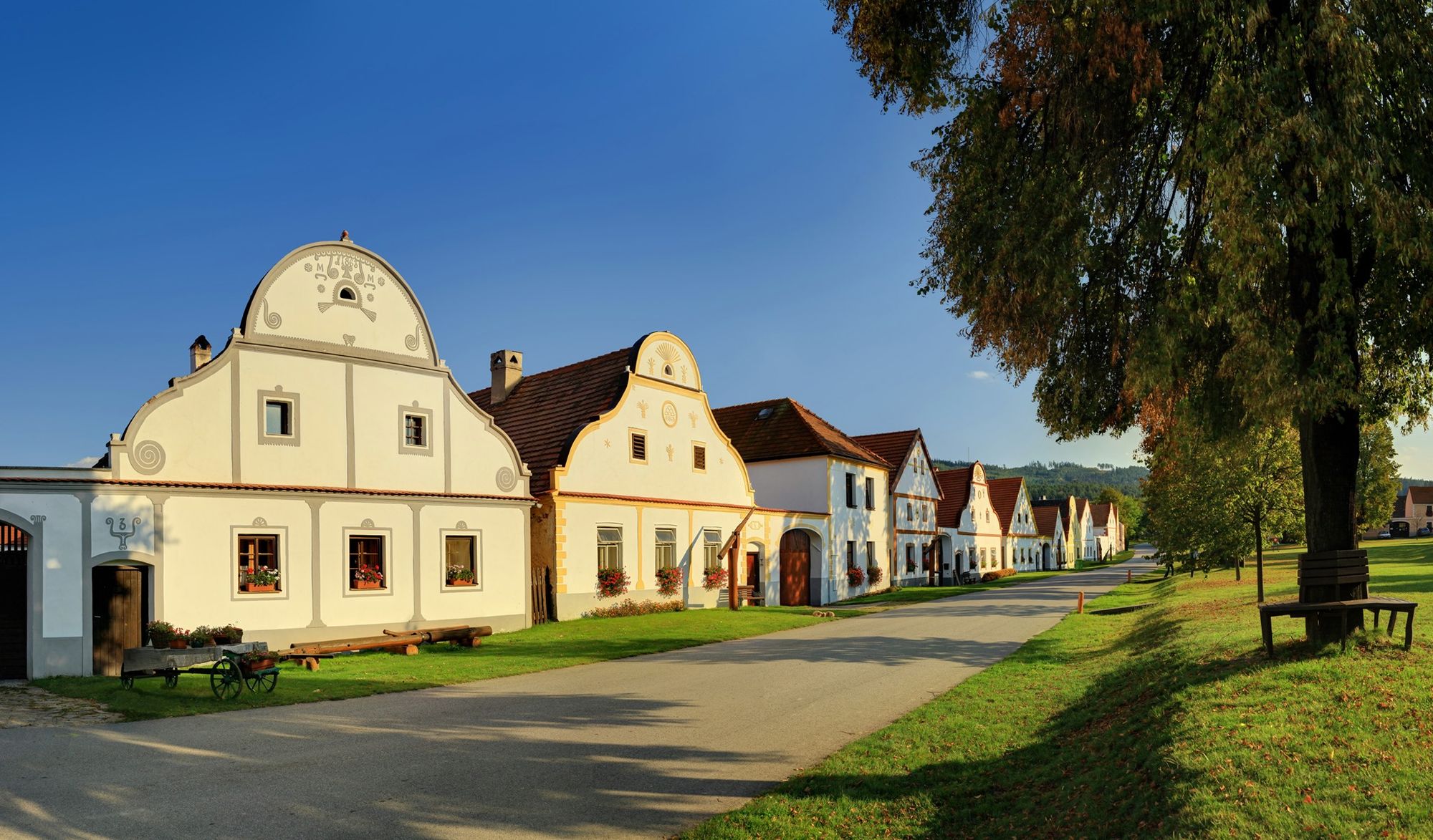
Hum | Croatia
The Istrian Hum is not only the region but also the smallest settlement in the world. Roughly thirty inhabitants, but despite the small population, the features of the place have survived: a concert of cobbled streets, shutters and cicadas.

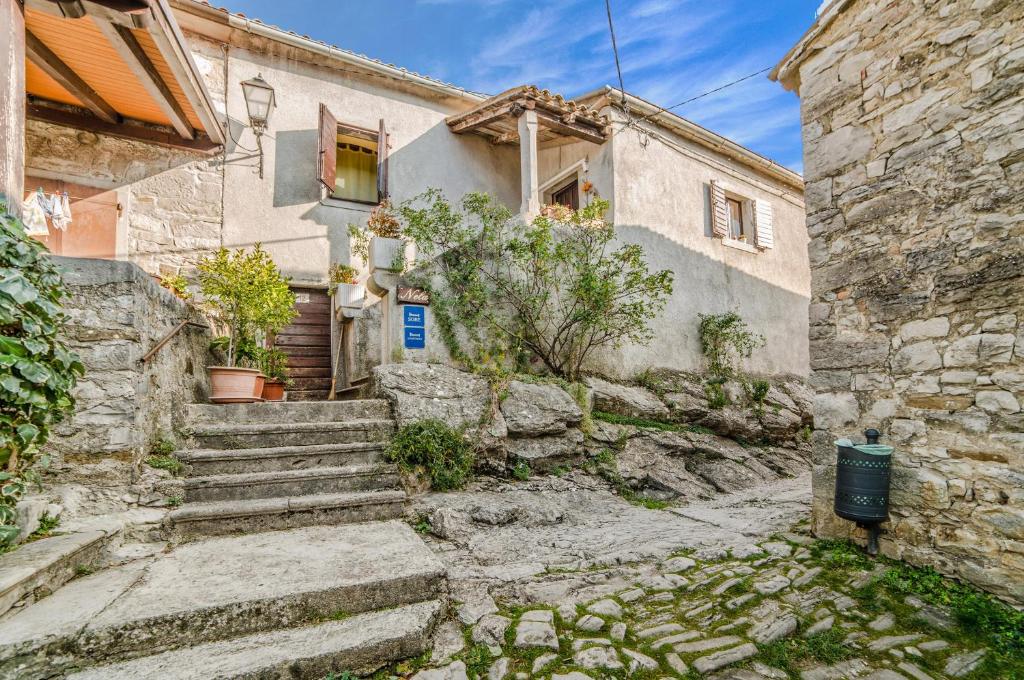

Szentgyörgyvár | Hungary
Szentgyörgyvár in Zala County perfectly represents the rural idyll around Lake Balaton: the fusion of nature and gingerbread houses has a charming effect on visitors. It is no coincidence that the Margó Festival was also held here this year, which turned the settlement into a literary village for a weekend.

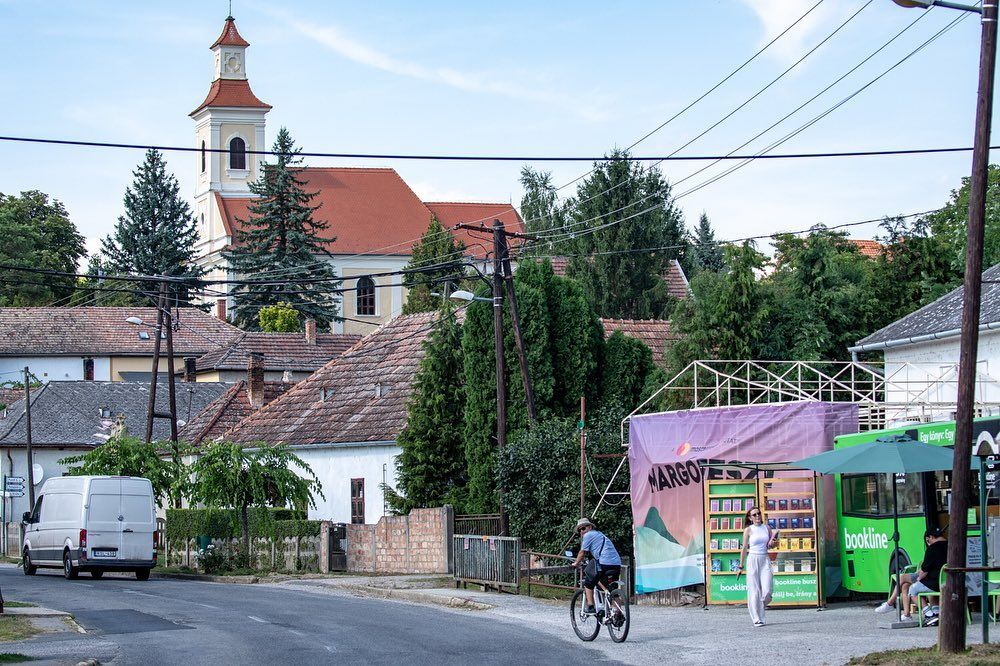

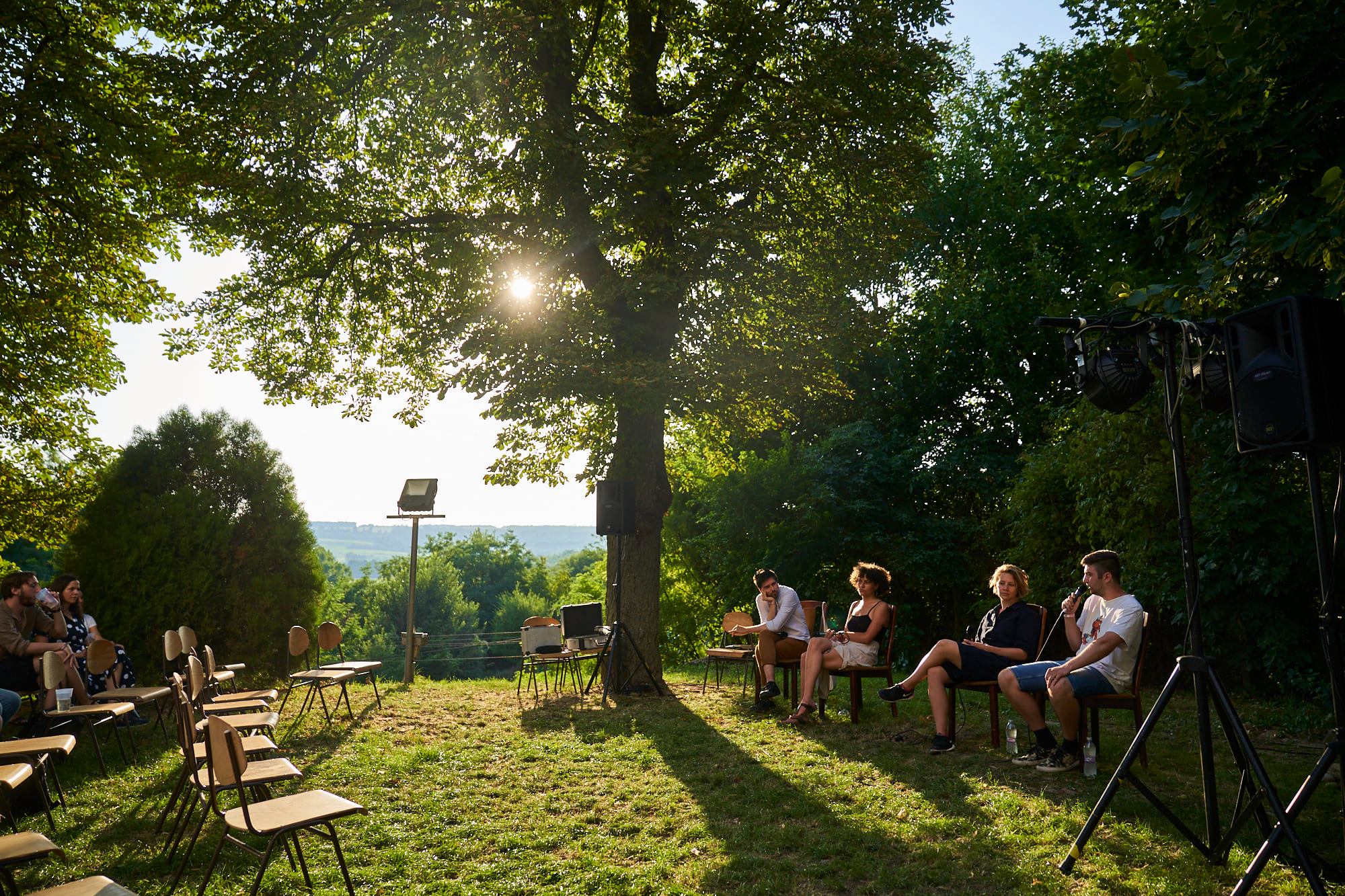
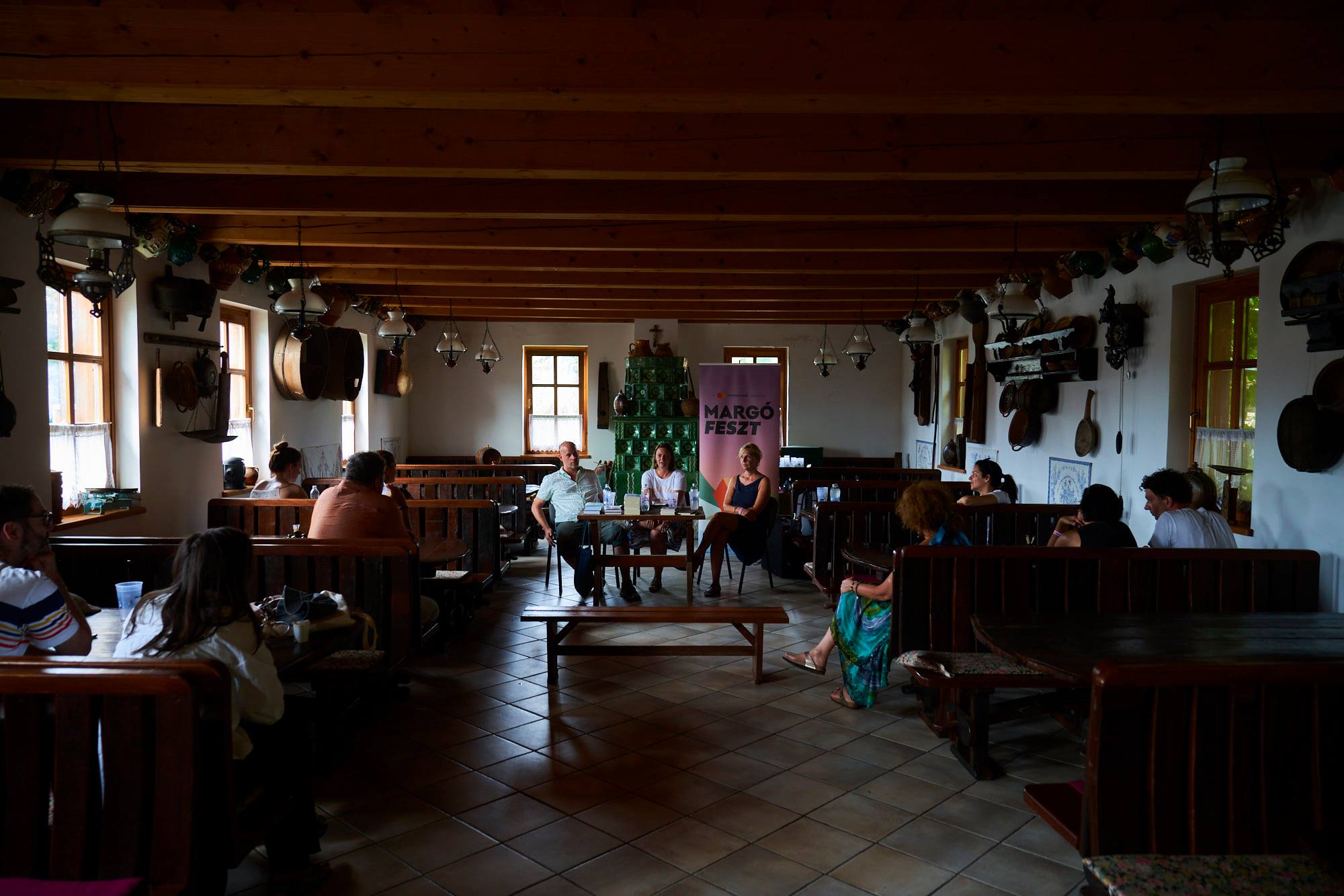
Cellar Village of Hajós | Hungary
The Cellar Village of Hajós is certainly not unknown to wine lovers: in addition to the tidy and traditional houses of the settlement, it is also famous for its wines and gastronomy festivals. The area is the emblematic place of the Baja wine region, the largest vineyard area in the Southern Great Plain region, one of the outstanding scenes of Hungarian wines, which is mostly reflected in the thoughts of Béla Hamvas: „…az ember homoki bort iszik, egészen apró csillagszemecskékkel telik meg, s ezek a szemecskék az ember vérében táncolnak, mint a megelevenedett Tejút.” (“… one drinks arenicolous wine, filled with tiny stars, they dance in the blood of man like the revived Milky Way,”—free translation).
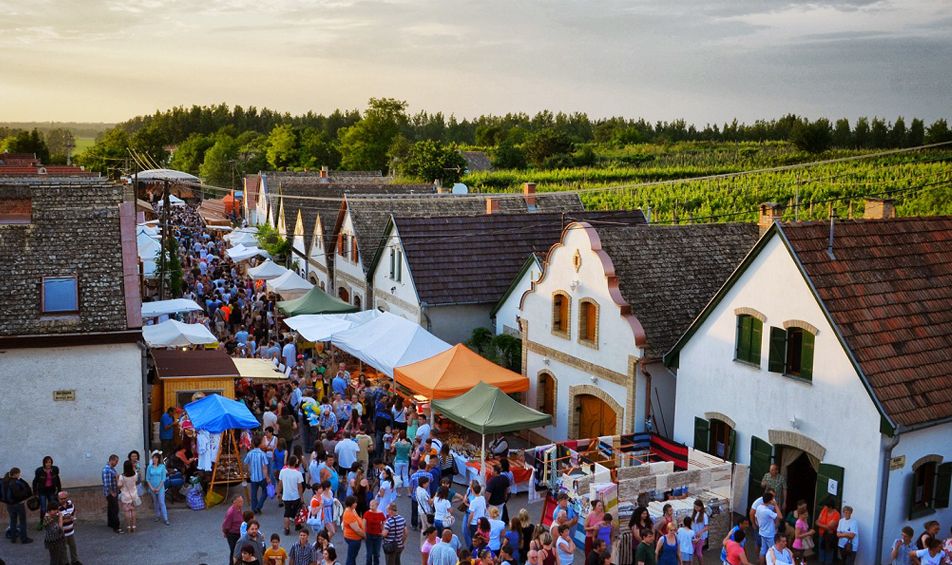
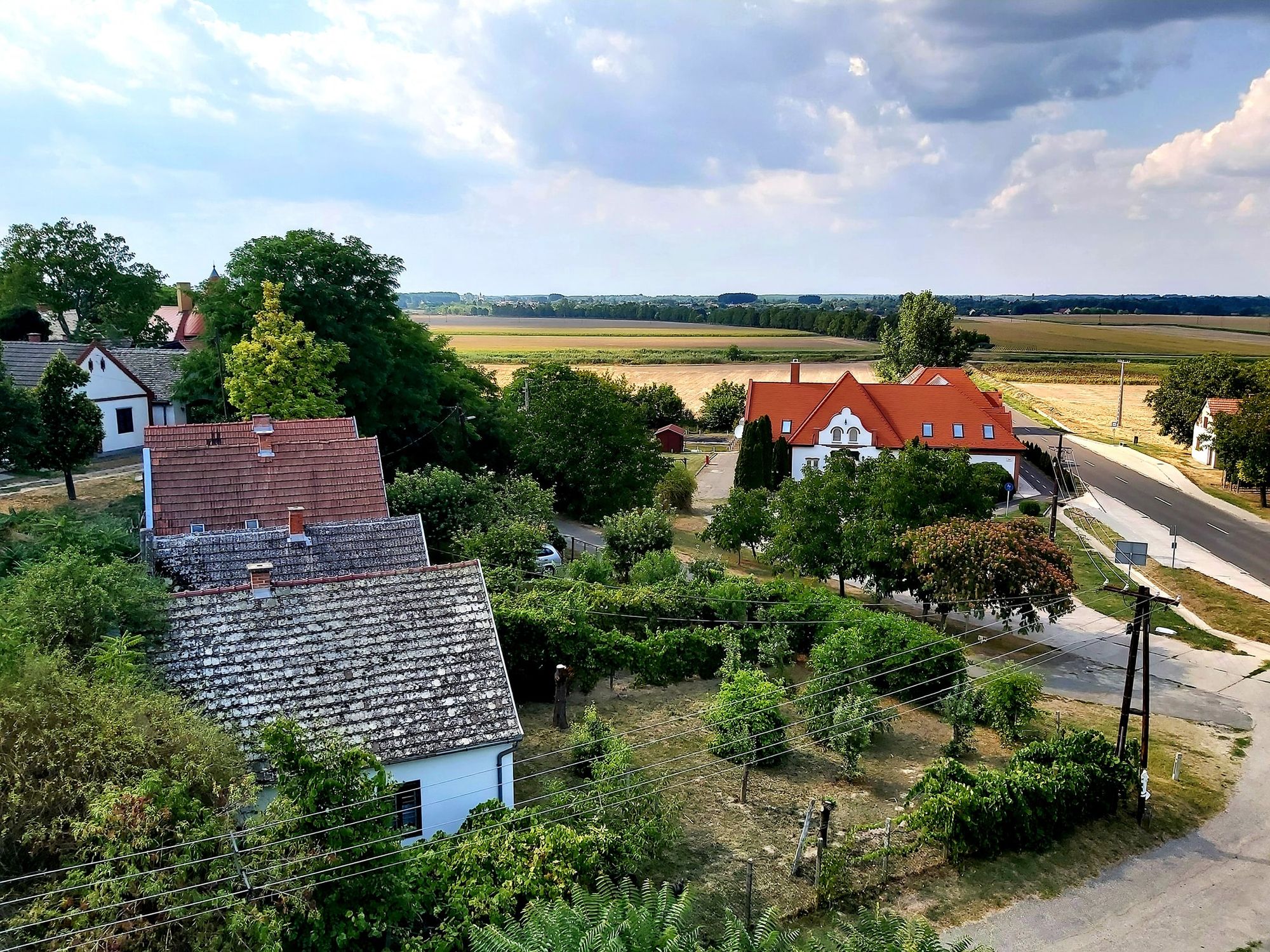


Surfin’ the Baltic | Baltic Surf Scapes by Krysztof Jędrzejak

One of pop culture’s greatest car icons revitalized










